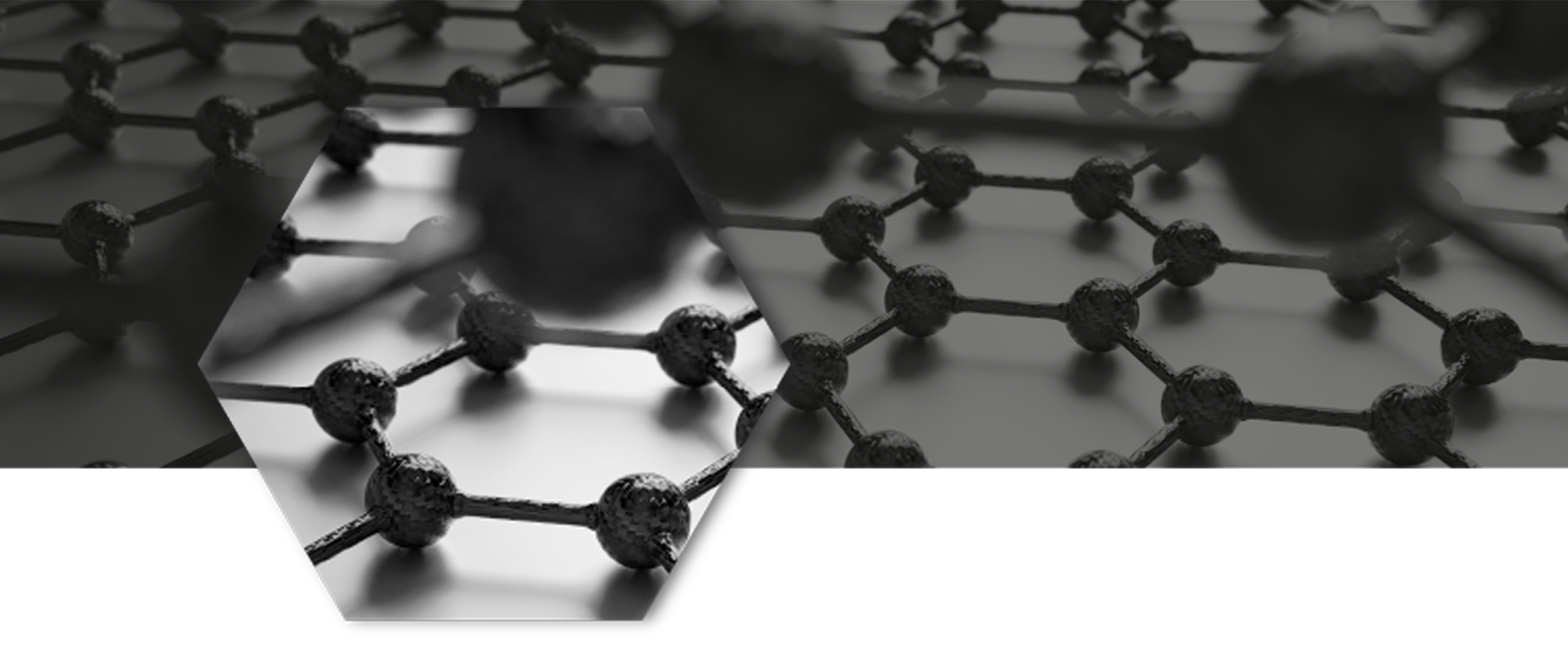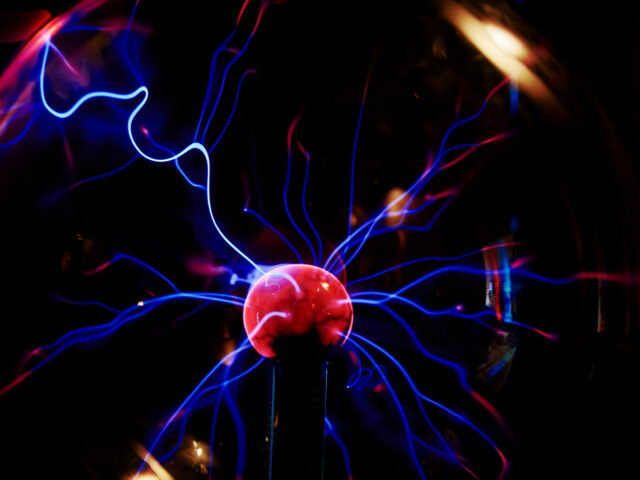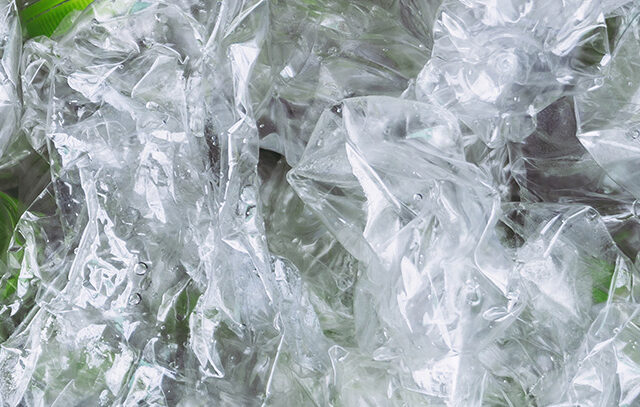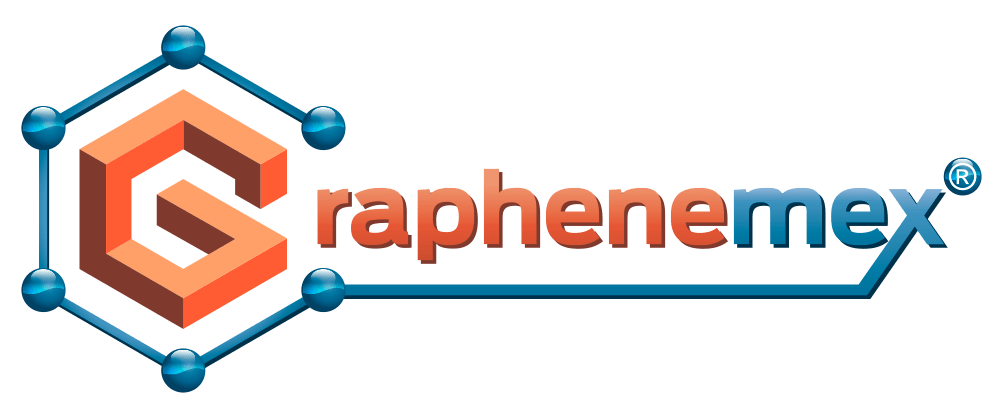THE WORLD OF GRAPHENE
Discover the potential of graphene materials in our video section
LATEST ARTICLES ON GRAPHENE OXIDE
Conductivity and Control: Graphene in the Evolution of Antistatic Materials
Graphene and Bioplastics: Innovation for Enhanced Sustainability
Biocompatibility and Biodegradability of Graphene: Advances and Scientific Evidence
RESEARCH
We share some of the numerous research studies being conducted worldwide on the benefits of incorporating graphene materials.
Reinforcement of graphene and its derivatives on the anticorrosive properties of waterborne polyurethane coatings. Li, Cui, Yang, Li, Qui, Yang. 2016 DOWNLOAD





